Основе дотеривања штенета
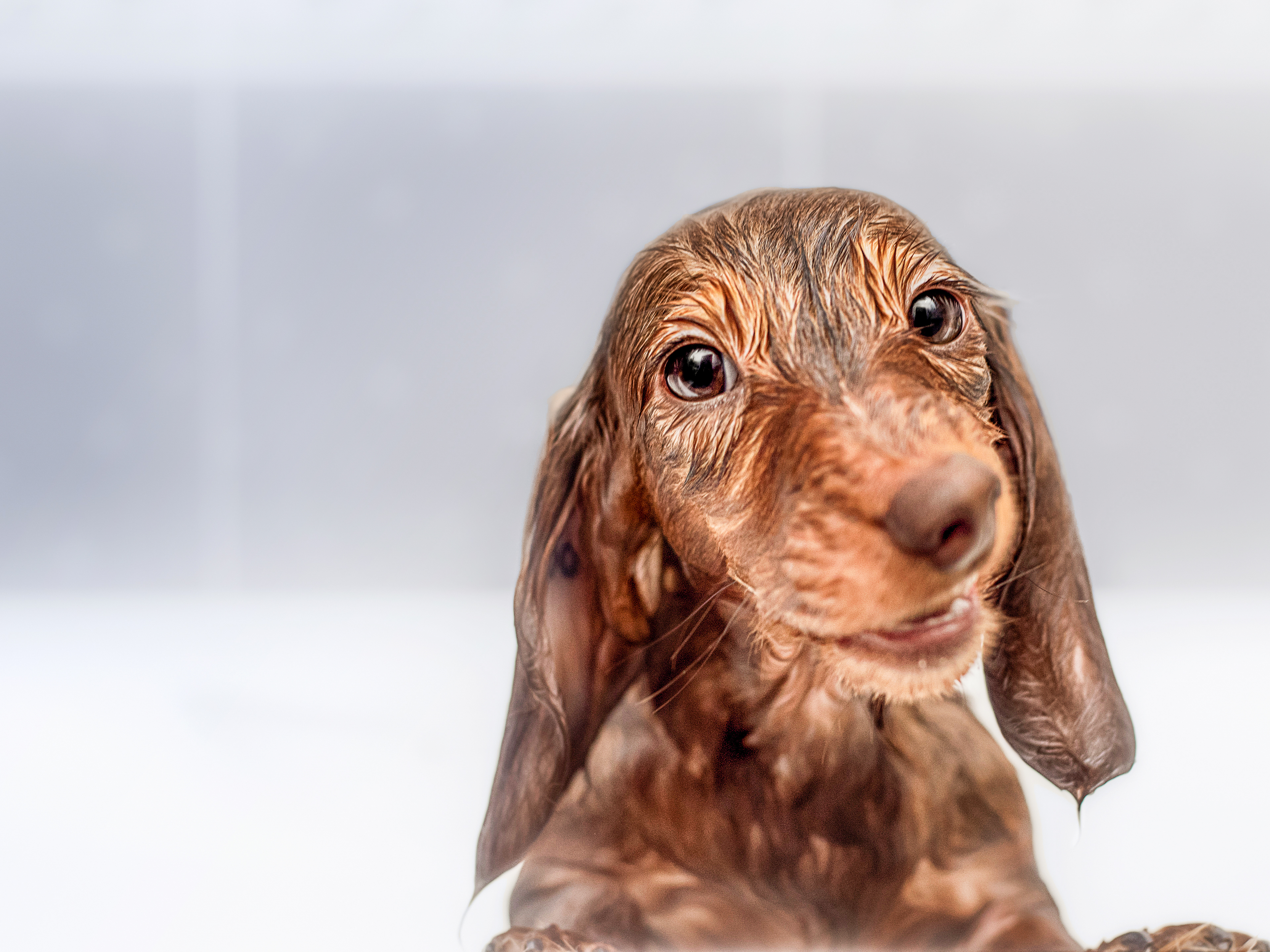

Гумена четка
Користи се за одвајање мртве коже и длаке са кратког крзна
Густа жичана четка
Делује тако да са крзна спадају нечистоће и уклања вишак длака из поддлаке. Одлична за дотеривање коврџавог и грубог крзна
Игличаста четка
Користи се за пажљиво размржавање чворова или замршене длаке, честих појава код дугог или свиленкастог крзна
Четкица са чекињама
Користи се за уклањање остатака са псеће длаке након четкања
Чешаљ са широким зупцима
Нежнији алат који можете користити на реповима и шапама
Нож за стругање
Користи се за скидање длаке код паса грубе длаке четири или пет пута годишње. Овај алат најбоље користи професионални грумер
Маказе за нокте
Специјалне маказе за нокте за псе су дизајниране да помогну да подрежете нокте штенета без причињавања штете
Четкица за зубе и паста за зубе
Људска паста за зубе није погодна за штенце или одрасле псе, па је најбоље користити посебно направљену пасту за зубе
Шампон за псе
Пси имају осетљиву кожу, а равнотежа pH вредности није иста као код људи, па је за здравље коже и длаке потребан посебан шампон за псе
Гумена четка
Користи се за одвајање мртве коже и длаке са кратког крзна
Густа жичана четка
Делује тако да са крзна спадају нечистоће и уклања вишак длака из поддлаке. Одлична за дотеривање коврџавог и грубог крзна
Игличаста четка
Користи се за пажљиво размржавање чворова или замршене длаке, честих појава код дугог или свиленкастог крзна
Четкица са чекињама
Користи се за уклањање остатака са псеће длаке након четкања
Чешаљ са широким зупцима
Нежнији алат који можете користити на реповима и шапама
Нож за стругање
Користи се за скидање длаке код паса грубе длаке четири или пет пута годишње. Овај алат најбоље користи професионални грумер
Маказе за нокте
Специјалне маказе за нокте за псе су дизајниране да помогну да подрежете нокте штенета без причињавања штете
Четкица за зубе и паста за зубе
Људска паста за зубе није погодна за штенце или одрасле псе, па је најбоље користити посебно направљену пасту за зубе
Шампон за псе
Пси имају осетљиву кожу, а равнотежа pH вредности није иста као код људи, па је за здравље коже и длаке потребан посебан шампон за псе

Прехрана и нега крзна
Крзно пса је снажан одраз његове исхране. Сјајна, мекана длака и здрава кожа показатељ су да је храна вашег штенета обогаћена омега 3 и 6 аминокиселинама. Са друге стране, дијета којој недостају одговарајући састојци може резултирати беживотним, млитавим крзном. Прилагођена нутритивна исхрана је први корак у бризи за крзно вашег штенета.
Како да се бринете за крзно вашег штенета
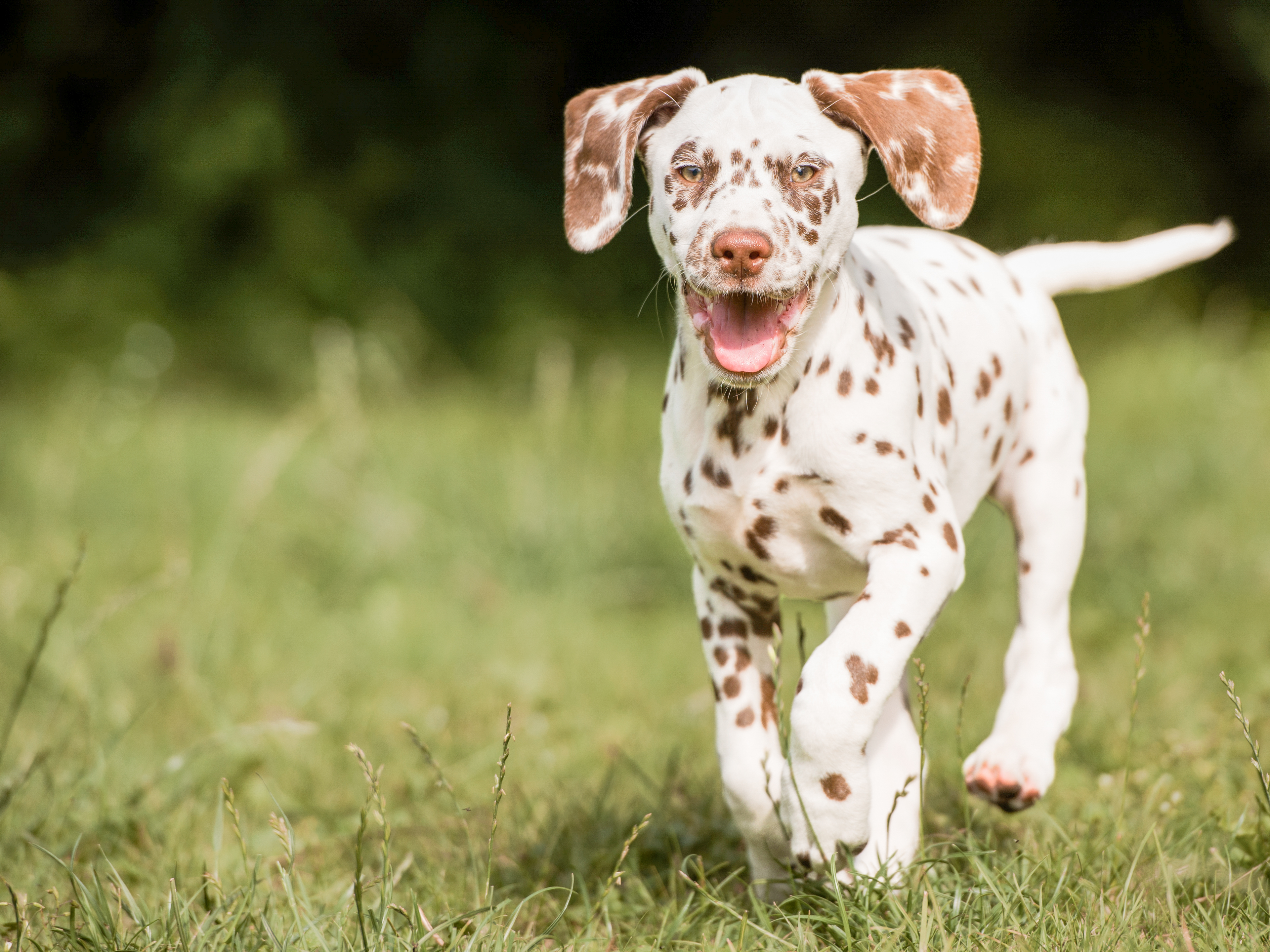
Кратко ошишана длака
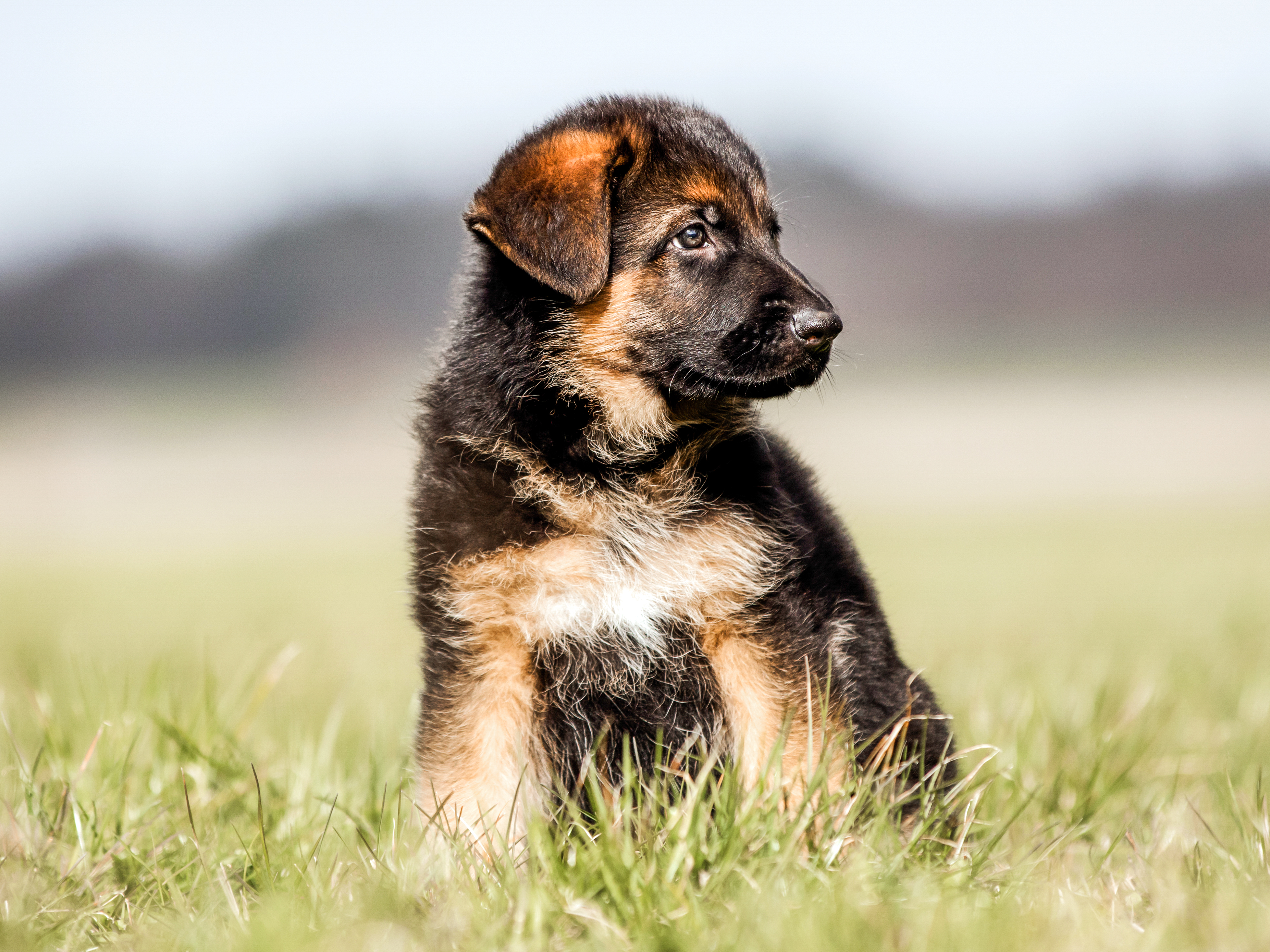
Длака кратке до средње дужине
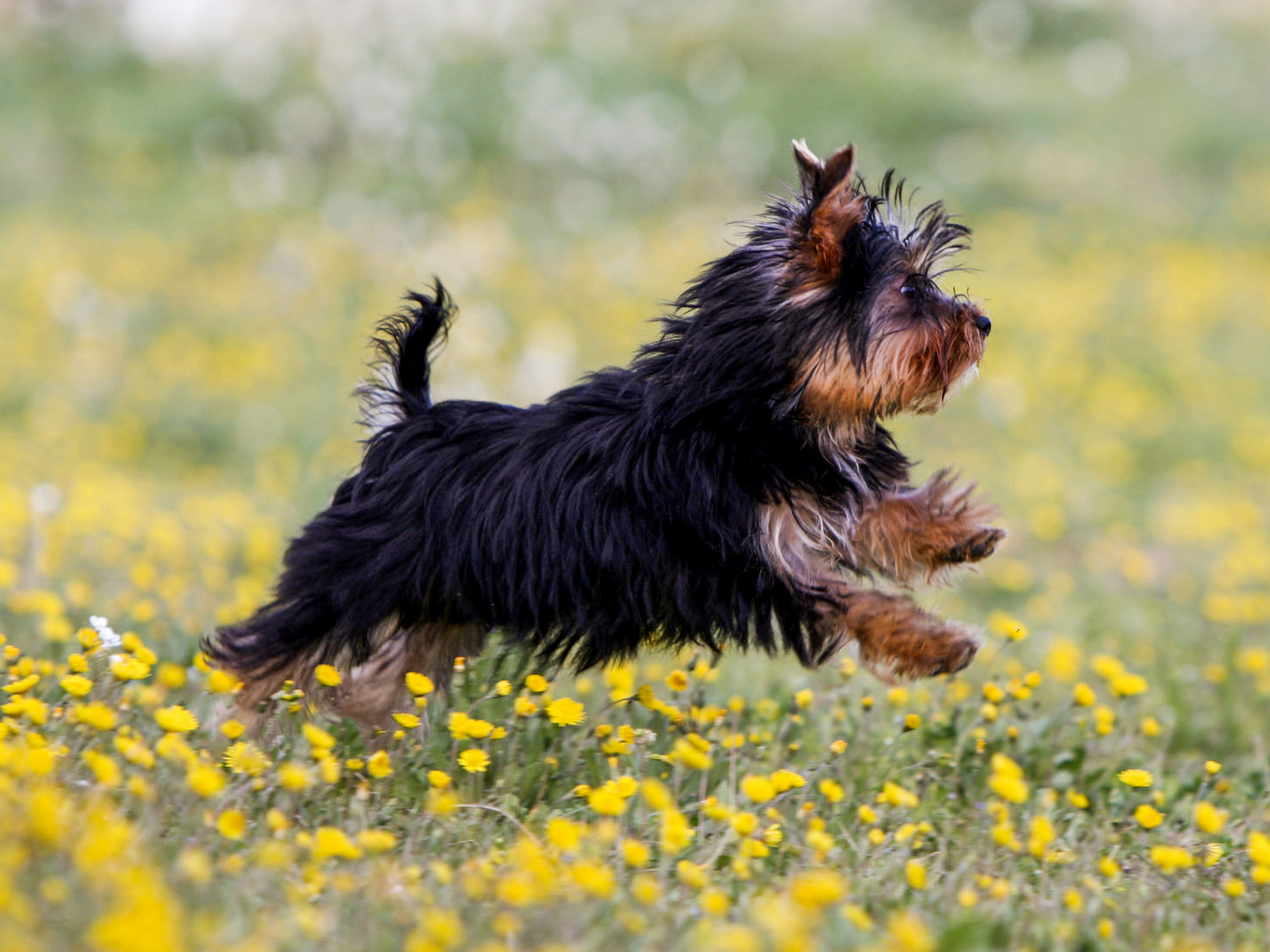
Дуга длака

Груба длака
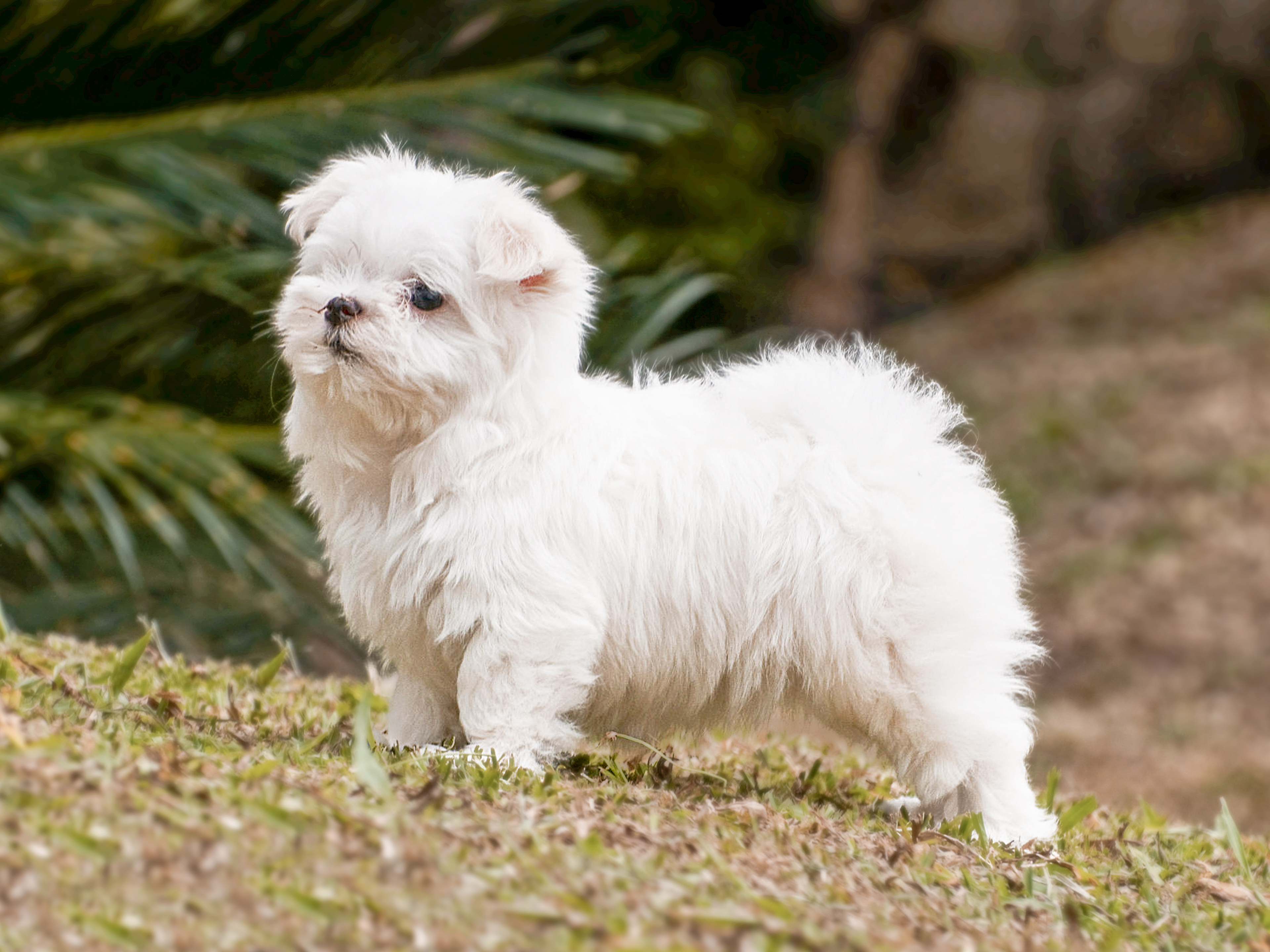
Коврџава длака

Кратко ошишана длака

Длака кратке до средње дужине

Дуга длака

Груба длака

Коврџава длака
Купање штенета

Када да купате штене
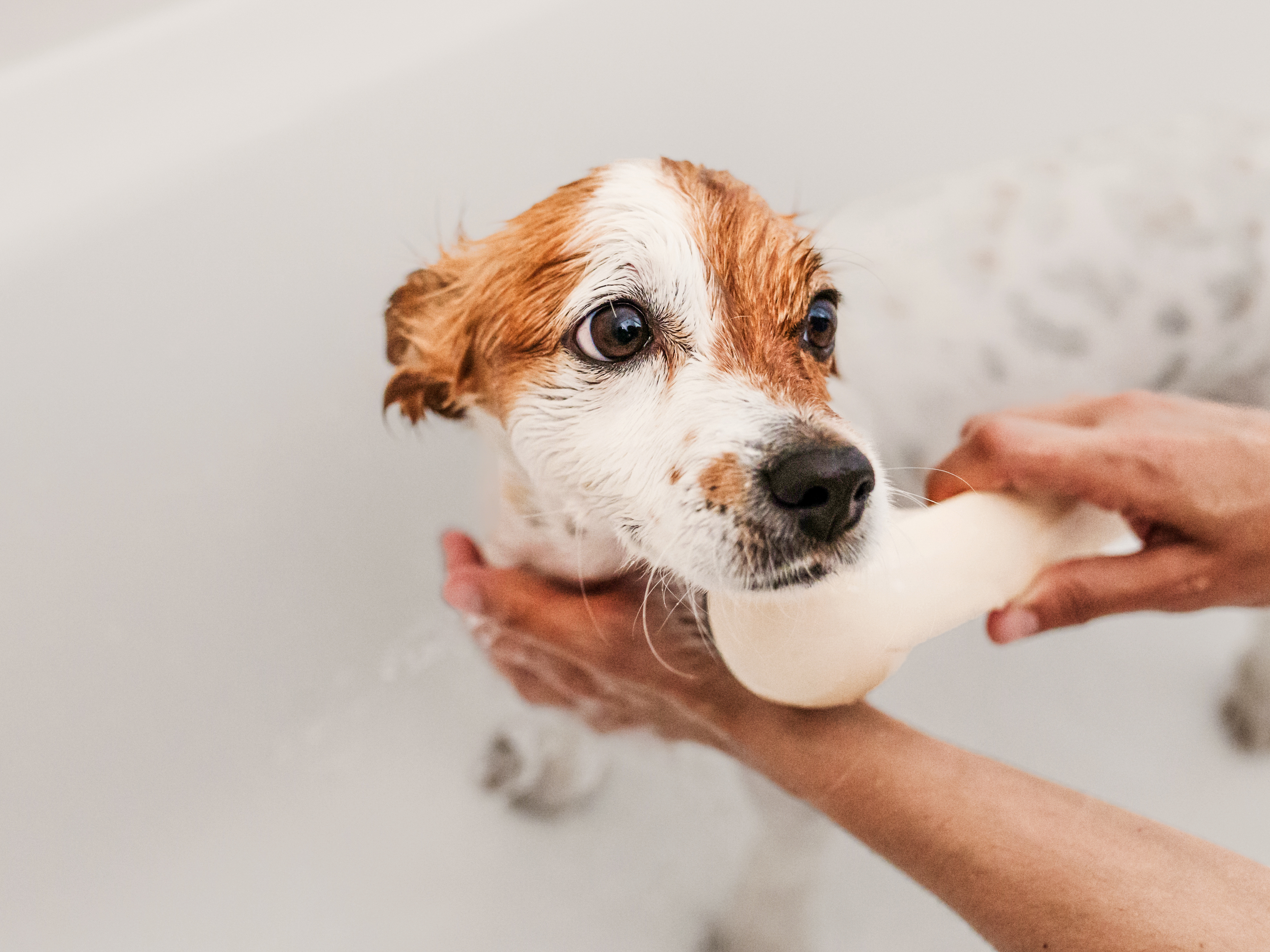
Како да купате штене
- Нека се ваше штене навикне на каду без воде, дозволите му да њушка по простору и хвалите га док то чини
- Пустите млаку воду да бисте избегли опекотине и поново постепено уводите штене
- Поквасите му цело крзно и нанесите специјални шампон за штенце, водећи рачуна да будете пажљиви око очију
- Наставите да хвалите и умирујете штене током читавог поступка
- Темељно исперите са пуно воде, остављајући главу за крај да се избегне тресење

Како да осушите крзно штенета
Након купања, енергично истрљајте штене помоћу пешкира и држите га у топлој просторији све док се скроз не осуши. Лети је алтернатива држање штенета у дворишту или извођење у шетњу, под условом да не воли да се ваља по блату.
За псе са коврџавом длаком може се користити фен, али треба да пазите да не опечете пса, а истовремено би требало да четкате длаку како се она не би замрсила.
1.Cleaning your puppy's ears
2.Caring for your puppy's teeth
3.How to clip your puppy's nails
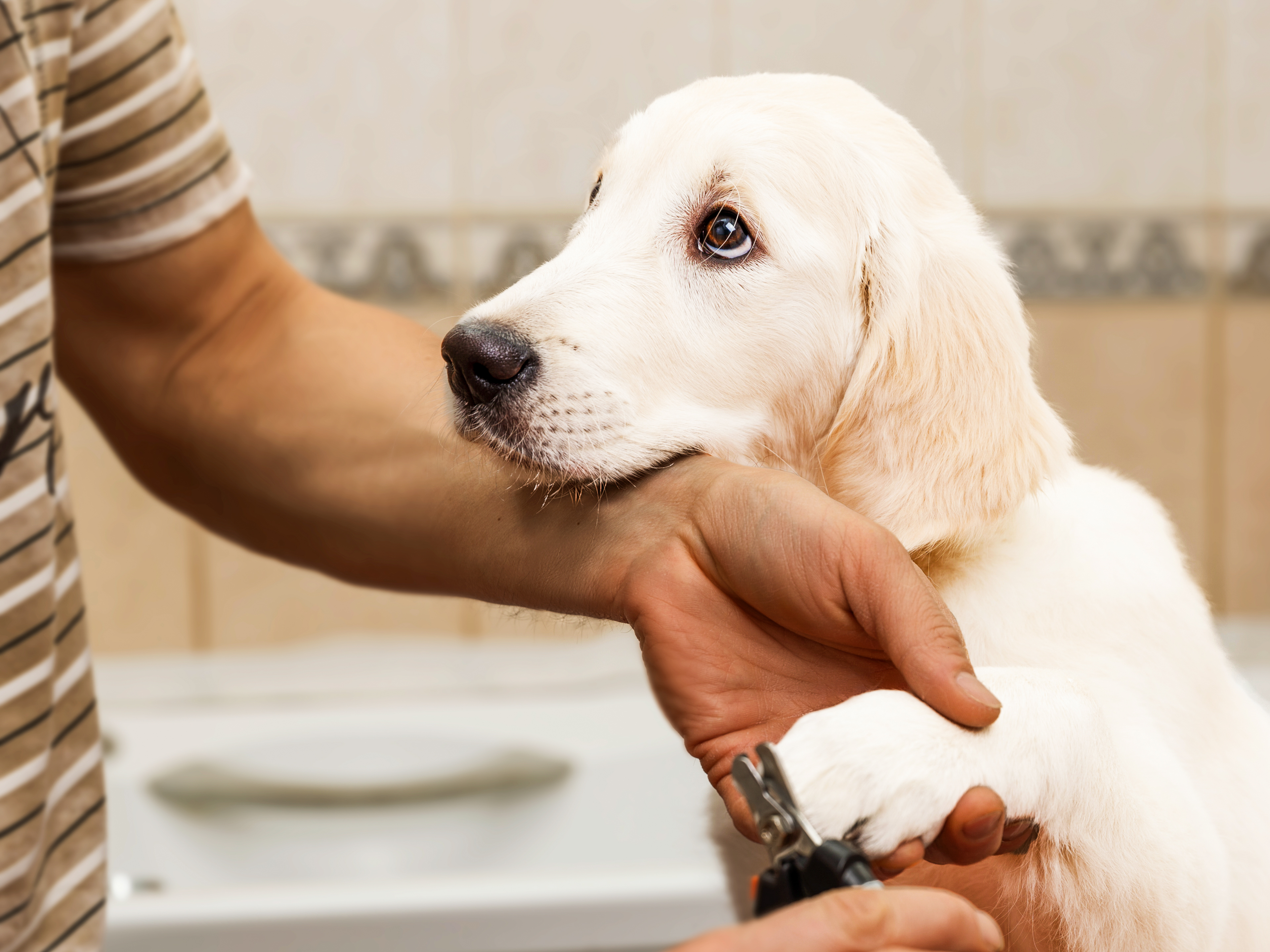
Како да сечете нокте вашег штенета
Нокти на ногама штенета би требало да се природно троше док ходају по тврдој површини, али ако нарасту предугачки, мораћете их сећи. Нокте на ногама треба пажљиво обрезати, како бисте избегли повреду крвних судова који постоје у ноктима штенета. Обрежите нокат специјалним маказама, одоздо према горе. Пожељно је да се то ради под углом од 45 степени у односу на земљу. Скраћивање треба да буде глатко, тако да се на њему не стварају пукотине или напрснућа.
Ако нисте сигурни када би требало да исечете нокте свом штенету или желите да вам неко покаже, обратите се ветеринару.